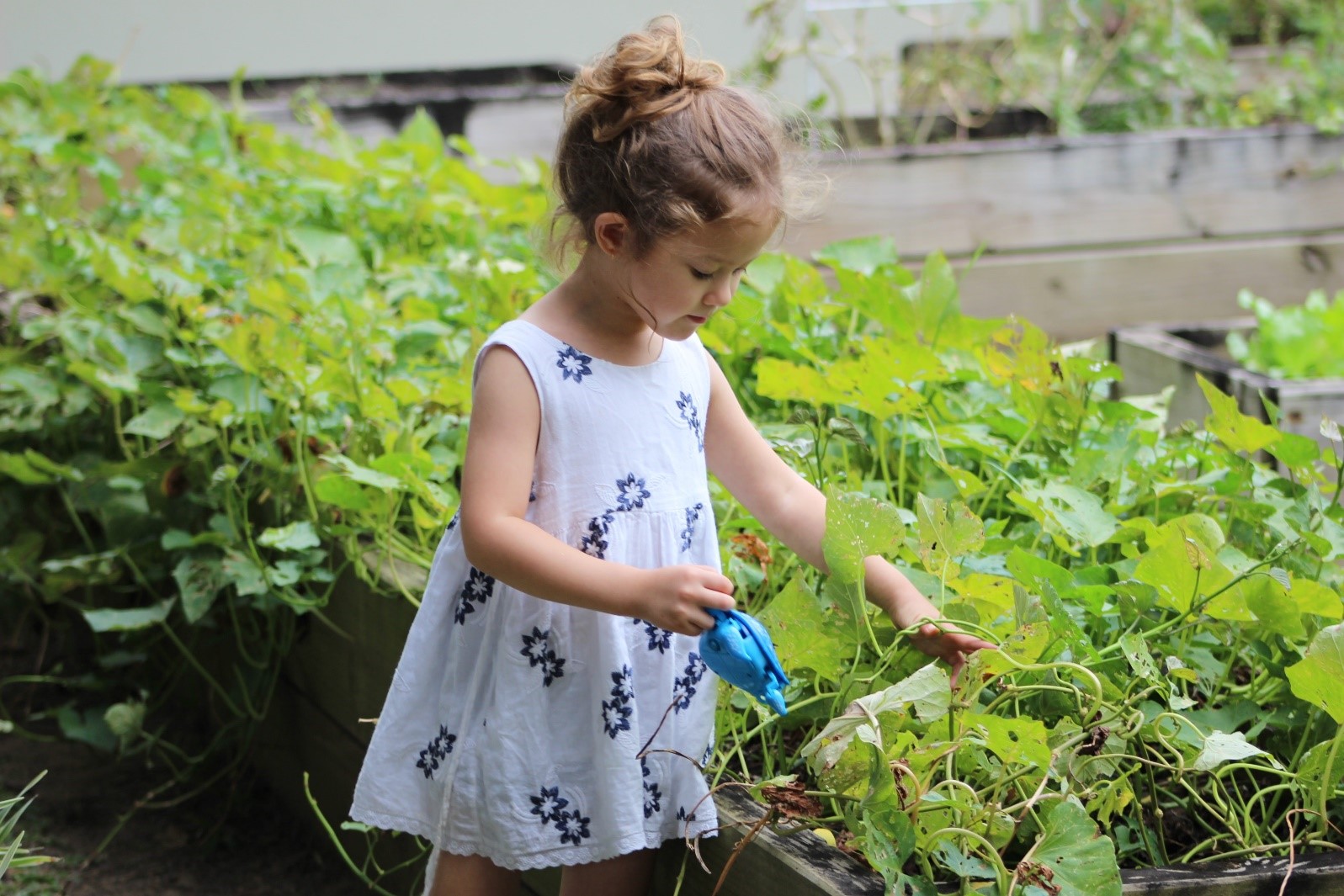 Summer is really here in the UK and this means lots more time in the garden for our nannies and charges. As with all play venues, a ‘nanny risk assessment’ should be performed frequently for time spent in the garden, so why not refresh yourself now?
Summer is really here in the UK and this means lots more time in the garden for our nannies and charges. As with all play venues, a ‘nanny risk assessment’ should be performed frequently for time spent in the garden, so why not refresh yourself now?
SECURITY:
Make sure that the garden is contained so your charges can’t get out – and strangers can’t easily get in. If the garden is hedged, check it regularly for gaps made my animals. For complete safety see if a gardener can run chicken wire down the base of a hedge if the hedge backs onto public land or pavement.
Walls can present a hazard in their own right, as older walls can crumble and have been known to collapse on people, so make sure you they are checked for stability and always raise your concerns if you think something needs looking at.
TOYS AND EQUIPMENT:
When setting up toys or climbing equipment in the garden, always follow the manufacturer’s installation instructions exactly and never substitute parts. Don’t place climbing frames, teepees or playhouses near concreted areas or too close to walls, fences, or large bushes, as these could be fallen into.
Test out swings and slides by pushing down with some force on the seats and steps, and - again – ask for help if you think that anything needs fixing or replacing.
Water trays and paddling pools should be cleared away at the end of the day. Paddling pools especially need to be emptied and stored, as they can fill up with enough rain overnight to present a drowning hazard to small children by the next day. We will write separately about pool safety later this month.
PLANTS AND FLOWERS:
☒ Rhododendron & Azalea: These English country garden regulars are ever so pretty, but also highly toxic. Ingesting the whole plant, or just a stem or leaf can cause abdominal pains and breathing issues, so keep little hands away. Picking daisies is far safer!
☒ Hydrangea: This innocuous plant actually contains cyanide, one of the deadliest poisons known to man. Hydrangeas are moderately toxic for pets and children if ingested, so keep babies and toddlers away - or anyone prone to munching on things they shouldn’t!
☒ Yew: The bark, leaves and berries of this English tree are all poisonous and have reportedly caused fatalities, historically. Its pretty, juicy-looking red berries fall from the branches in summer and look like marvellous fun for little people to collect, so it’s important that you know if there’s a yew tree either growing or overhanging the garden.
☒ Foxglove: Eating any part of this tall, purple-flowering plant can lead to vomiting and diarrhoea - even a small handful - can lead to increased heart rate, nausea, vomiting and seizures. Contact with the skin can also cause a rash, so it’s essential to know if any planted borders are home to foxglove, and it’s vital to keep children at bay.
☒ Stinging Nettles: Remember the misery of being stung by nettles as a child? Teach your charges to avoid nettles before they learn their lesson the hard way. Nettle leaves are covered in tiny hairs which push into the skin on contact - they’re what cause that awful burning feeling, and that bumpy nettle rash. Don’t forget that dock leaves usually grow close to nettles and can alleviate the sting when rubbed directly onto the rash. Teach your charges this, too.
☒ Rose Thorns: Don’t forget that rose plants and bushes can sport some truly gruesome thorns. Know where these spiky plants are hiding, and keep children away from them. They’re also terrible for catching on clothes, of course!
Was this useful? Please do share it to your social feeds or forward on to other nannies in your networks! Got your own garden safety tips? Come over to our Nannies of St. James Facebook page and share your knowledge with us!